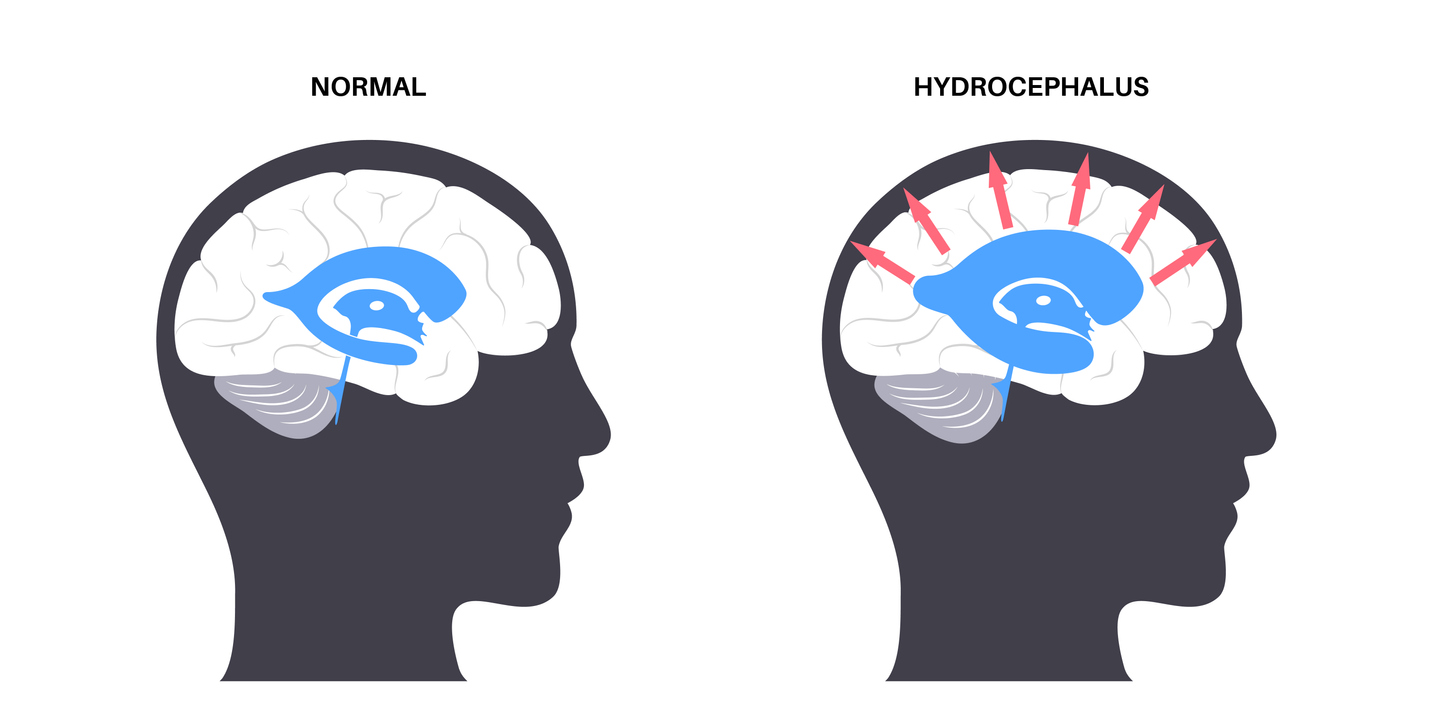What is hydrocephalus?
Hydrocephalus is sometimes called “water on the brain.” It happens when the fluid around the brain, called the cerebrospinal fluid or CSF, is not able to move around the brain and the spinal cord. The CSF collects in the four cavities of the brain, called ventricles, causing them to get bigger. The extra fluid puts extra pressure on the brain, which makes it hard for the brain to work the way it's supposed to work.
Hydrocephalus - Symptoms and Causes
From Mayo Clinic
More information on signs and symptoms of hydrocephalus and when to seek medical attention.
What can I do if I think my loved one may have hydrocephalus?
Let your doctor know if you are concerned with any changes in your loved one’s status. This condition is complex to diagnose and often requires a detailed assessment of your loved one’s progress — or not — over time.
Additionally, diagnostic studies are often needed to confirm this condition. A brain scan may be done and/or a spinal tap will be ordered.
Sometimes a needle is inserted into the spinal canal, to remove the extra fluid. Sometimes a small tube called a shunt may be placed in the head to drain fluid from the brain into other places in the body.

